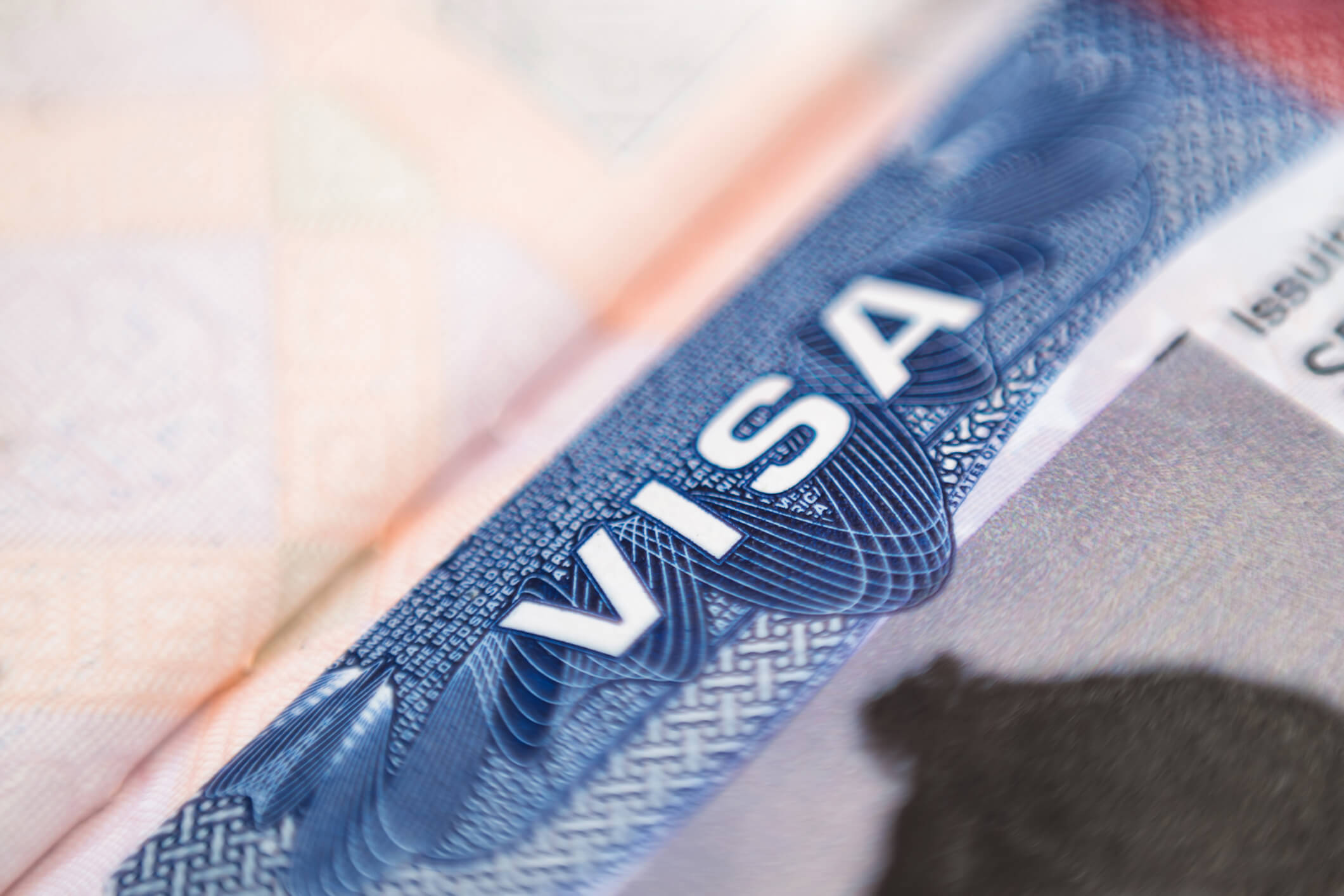On November 14, 2008, the Bush Administration promulgated a final rule to amend the Federal Acquisition Regulation (FAR) to require certain federal contractors to use E-Verify. After four delays and a lawsuit filed to prevent implementation, the federal contractor/E-Verify regulation became effective on September 8 (see the Ogletree Deakins E-Alert).
The multiple delays in implementation began to make some wonder whether the rule would ever be implemented. The Obama Administration undertook a review of the regulation and also had to defend a lawsuit brought by several business groups (including the U.S. Chamber of Commerce) contesting the regulation’s validity. On July 8, Department of Homeland Security (DHS) Secretary Janet Napolitano announced the Department’s support for the delayed regulation that would require certain federal contractors to use E-Verify to check employee work authorization. On August 26, the U.S. District Court for the District of Maryland granted a motion for summary judgment in favor of the federal government paving the way for implementation on September 8. Then on September 9, the U.S. Court of Appeals for the Fourth Circuit denied the business groups’ request for an injunction to halt implementation of the rule. The long awaited rule finally appears to be here to stay.
The federal contractor/E-Verify regulation requires certain federal contracts to include a clause committing the government contractor to use E-Verify for their new hires and all employees (existing and new) assigned to any work on the contract. (Subject contractors have the option of verifying their entire workforce, an option many employers are likely to choose since determining exactly which workers are “assigned to the contract” would be a difficult task.) The rule requires the E-Verify clause for prime federal contracts with a period of performance longer than 120 days and a value above the simplified acquisition threshold of $100,000. The rule only covers subcontractors if a prime contract includes the clause. For subcontracts that flow from those prime contracts, the rule extends the E-Verify requirement to subcontracts for services or for construction with a value over $3,000.
On September 8, DHS released the E-Verify Supplemental Guidance for Federal Contractors, which contains additional information for employers that believe they will be subject to the rule. One of the more interesting aspects of the rule is the process for existing employees. Whether an employer chooses to E-Verify only those persons assigned to the contract or all company employees, employers will need to revisit previously completed I-9s for such workers. As confirmed in the DHS Supplemental Guidance, employers may need to update I-9 records (since E-Verify will not accept currently expired documents) for affected employees. Furthermore, DHS suggested that an employer might decide to simply complete new I-9s for existing employees. This creates a new, daunting prospect for federal contractors: finding old I-9 forms and then completing all new I-9 forms for the employer’s entire workforce before entering the data into E-Verify.
According to the preamble of the regulation, the government estimated the regulation’s first-year cost on a federal contractor with 100 employees to be $5,615. Assuming the employer has computers and Internet access, this estimate apparently includes the time required to: sign-up for E-Verify and take the tutorial (one would expect at least two employees would need to do so); review and/or complete new I-9s for up to 100 employees; modify an existing payroll/personnel system; enter E-Verify data into the system; deal with tentative nonconfirmations (at the rate of three to four percent, the 100-employee contractor is likely to have at least three such incidents), which would include losing a productive employee while he or she visits a Social Security Administration (SSA) office to seek resolution or to seek an updated passport or valid documentation; and the potential loss of employees who may now be discovered to be illegal or who simply fail to resolve the tentative nonconfirmation with SSA.
Perhaps the biggest question employers have about the new regulation: What contracts will be subject to the requirement? Apparently, this is too large a question for even the federal government to answer as virtually no guidance (other than a restatement of the general applicability outlined above) has been provided. The Supplemental Guidance states: “You should review your contract for the FAR E-Verify clause, and check with your government contracting official if you have questions.” Thus, the applicability remains somewhat unclear for many employers. Particularly at risk are subcontractors, who may be faced with addressing the E-Verify requirement even though their contract is not with the federal government and even though the value of the contract may be as little as $3,000. Particularly in this unstable economic environment, employers are seeking certainty so they can plan for the future. However, most employers are left to wait and see whether E-Verify will be the next task they will need to undertake.
Note: This article was published in the September 2009 issue of the Immigration eAuthority.




